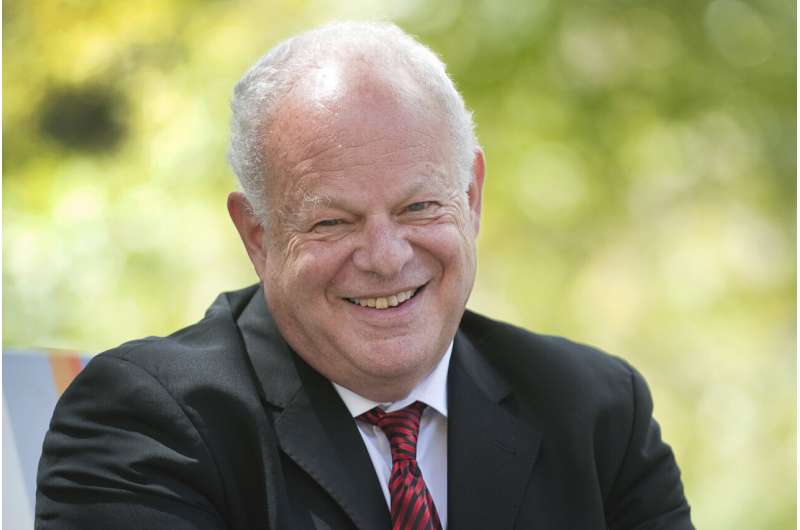A simple exercise to help stay calm in the face of coronavirus uncertainty

The situation with coronavirus and COVID-19 is changing daily, and such uncertainty and flux can lead to anxiety and fear.
"The human mind is automatically attracted to the worst possible case, often very inaccurately," says Martin Seligman, who founded the field of Positive Psychology and runs Penn's Positive Psychology Center. "Catastrophizing is an evolutionarily adaptive frame of mind, but it is usually unrealistically negative."
To refocus the mind, Seligman suggests a simple exercise called "Put It in Perspective," which starts by conjuring the worst-case scenario, which our minds tend to do first, then moves to best-case scenario, and finishes with the most likely scenario. The idea is to redirect your thoughts from irrational to rational.
Step 1: Ask yourself: What is the worst possible situation?
This will change depending on your age and health. Seligman offers as an example his own scenario as a 77-year-old man who lives in Montgomery County, Pennsylvania, which was recently shuttered to prevent the spread of the illness. His gravest thoughts automatically go to the extreme: "I am sure to get infected, since my daughter goes to school here. Once infected, I will get a severe case, and being in my 70s I will die."
Step 2: Then force yourself to think about the best outcome
In this part of the exercise, Seligman might think, "I will not get infected, nor will any of my family. This will blow over, and we'll all be fine."
Step 3: Next, consider what's most likely to happen
As Seligman explains, his most realistic outcome is this: "I will probably eventually get infected, but like most adults my symptoms will be nonexistent or mild. Even though I am in the age of risk, I am perfectly fit, so I will likely just be uncomfortably ill for a week or so and then recover."
Step 4: Finally, develop a plan for the most realistic scenario
This is different than wasting energy on something that's unlikely to occur. Rather, it's coming up with a contingency for what could be a challenging situation. Your plan will depend on your individual circumstances. For instance, do you need to secure child care if you're sick? If you have to stay home, do you have enough food and medicine? What does it mean for your job? If you fall into the higher-risk group, will there be someone to care for you should you need it?
Seligman has tested this exercise in many circumstances and with many different groups. For additional exercises, look to his books, "The Hope Circuit: A Psychologist's Journey from Helplessness to Optimism" and "Learned Optimism: How to Change Your Mind and Your Life."


















